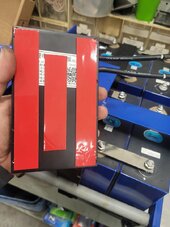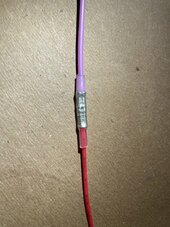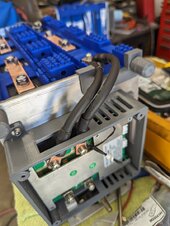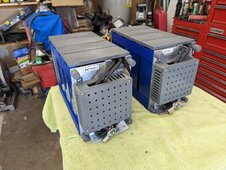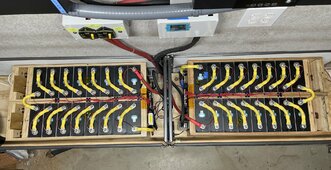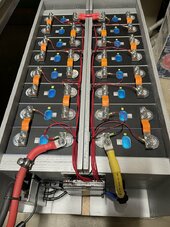Zwy
Solar Wizard
Why are you so negative on WAGOs?
They have a place, usually low amperage AC. I would not run high current thru the Wago, but that isn't a concern with your application
For a small wire like a balance lead, I can't see how it would have a good connection. For a critical component like a balance lead, I would not use a Wago.
Up till now I have used several duzend of cheep "lousy" spring-connectors from China. Then I switched to the WAGOs because of their superior design. Since then I used more than 200 such WAGO connections with zero problems.
Even more I did a pull-test on the WAGOs with wires, ending up with close to 5 kg!!!
The overall resistance (measured) of a WAGO connection is much less than 1 milliOhm. This is nothing compared to a typical balance wire with 50 milliOhms. It guess it is more likely that a wire gets loose from a crimped ring terminal than from a WAGO. Should do a pull test......
It is better to check resistance of a circuit using voltage drop under load. Resistance tests simply mean that a connection exists. The only thing an ohmmeter tells me is there is some type of continuity between 2 points.
Can you please explain to me, how the 3.2 V may lead to some imbalance on cell number 1?
It's simple, the ampacity will be much lower across a point of resistance with lower circuit voltage voltage. On a 16S pack, the voltage at cell 16 is 48V nominal, cell 1 will be 3.2V nominal. Apply Ohm's Law.
Can cell balance still be achieved? It can, but the time may increase and it may not be perfect balance. It would also depend on the balancer whether it is active or passive. The battery is charged to a set voltage point and that pack voltage is the sum of all series cell voltages. Some may be higher and some lower than average.



